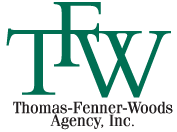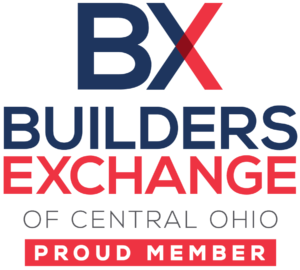Since the medical costs for diabetes reach into the billions each year, taking a chunk out of the cumulative cost of this disease would be beneficial in many ways. As most people know, the goal of disease management programs is to reduce the costs incurred by diabetes. To do this, these programs attempt to teach patients to control the disease. They learn the importance of monitoring cholesterol, blood pressure and blood glucose levels. Individuals with diabetes face similar challenges, treatment choices and the possibility of serious complications. This means that anyone who has diabetes can benefit from the offerings of a disease management program.
However, this is an issue where logic and science are not always in harmony. Many studies have shown that the majority of people with diabetes complications are less educated. Since they lack education, these individuals are more likely to hop from one treatment to another, which is a practice that may create even worse problems. One research study showed that patients who were less educated had two to three times as many incidences of coronary artery disease and end-stage renal disease. The researchers’ conclusion showed that less educated patients with lower socioeconomic status also had poor health management skills for themselves.
Education also plays an important role in the possibility of dying from complications. Research shows that individuals who did not finish high school have a death rate that is twice as high as the rate of death for diabetic patients with college degrees. It is also interesting to note that this factor remains true regardless of race, gender, age, obesity and other relevant factors.
For individuals who need it most, a disease management program will make a significant impact. This means that those who have the highest risk for complications will likely be the most impacted. These programs also have the highest ROI for groups with the largest amount of high-risk members. However, such programs have a lower return for groups filled with people who have college degrees.
Unfortunately, these statistics are not restricted to diabetes. In general, individuals who have a lower income, less education and a lower socioeconomic status face more health challenges. People who have higher education and earn a better income are more likely to get help, follow a treatment plan and learn to live with various diseases. To learn more about disease management and what it is about, discuss the options with one of our friendly agents.






